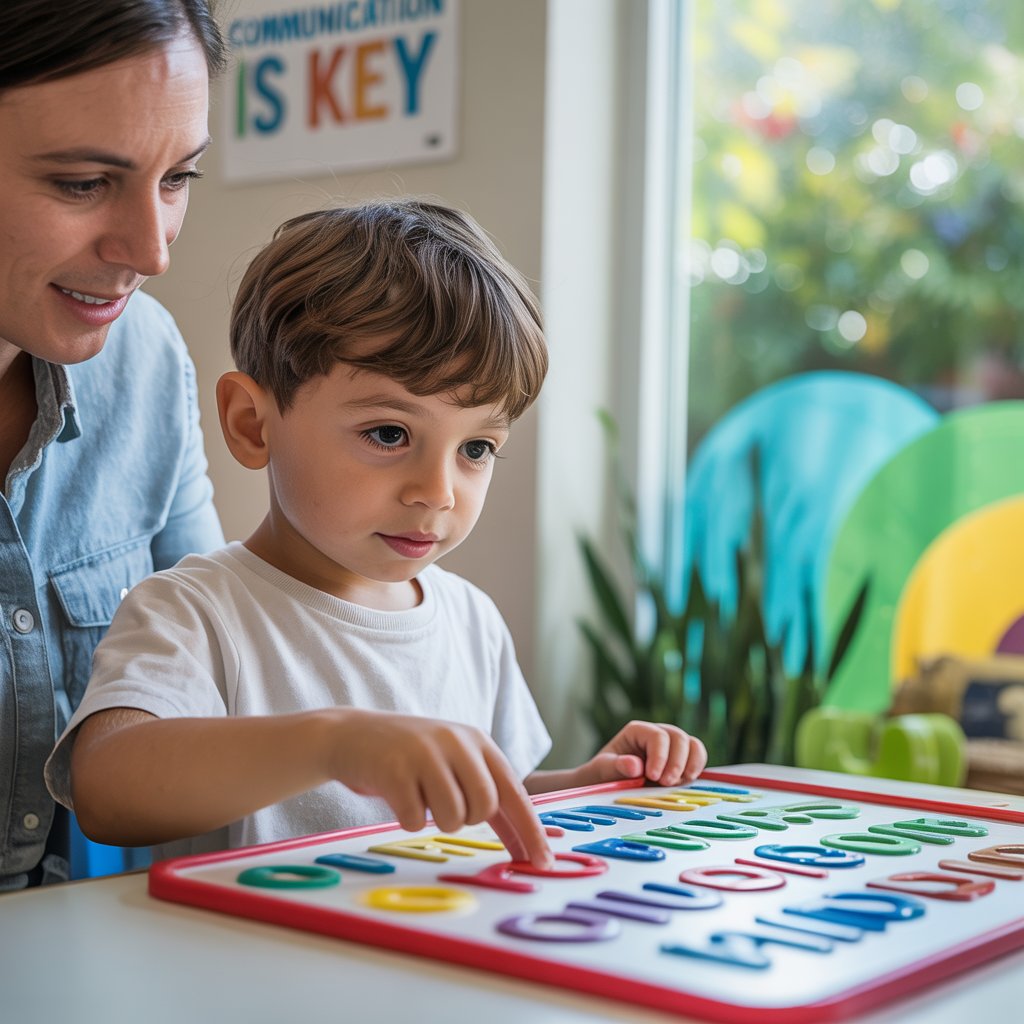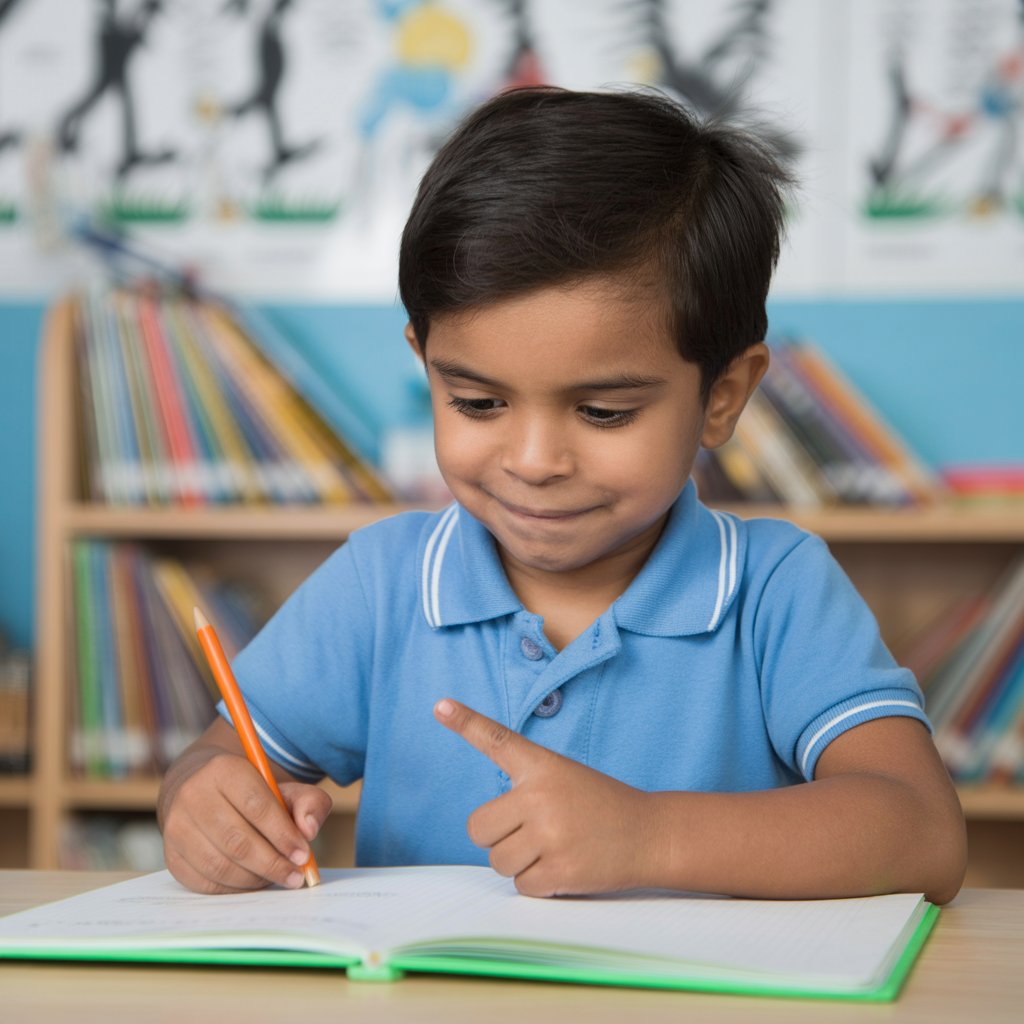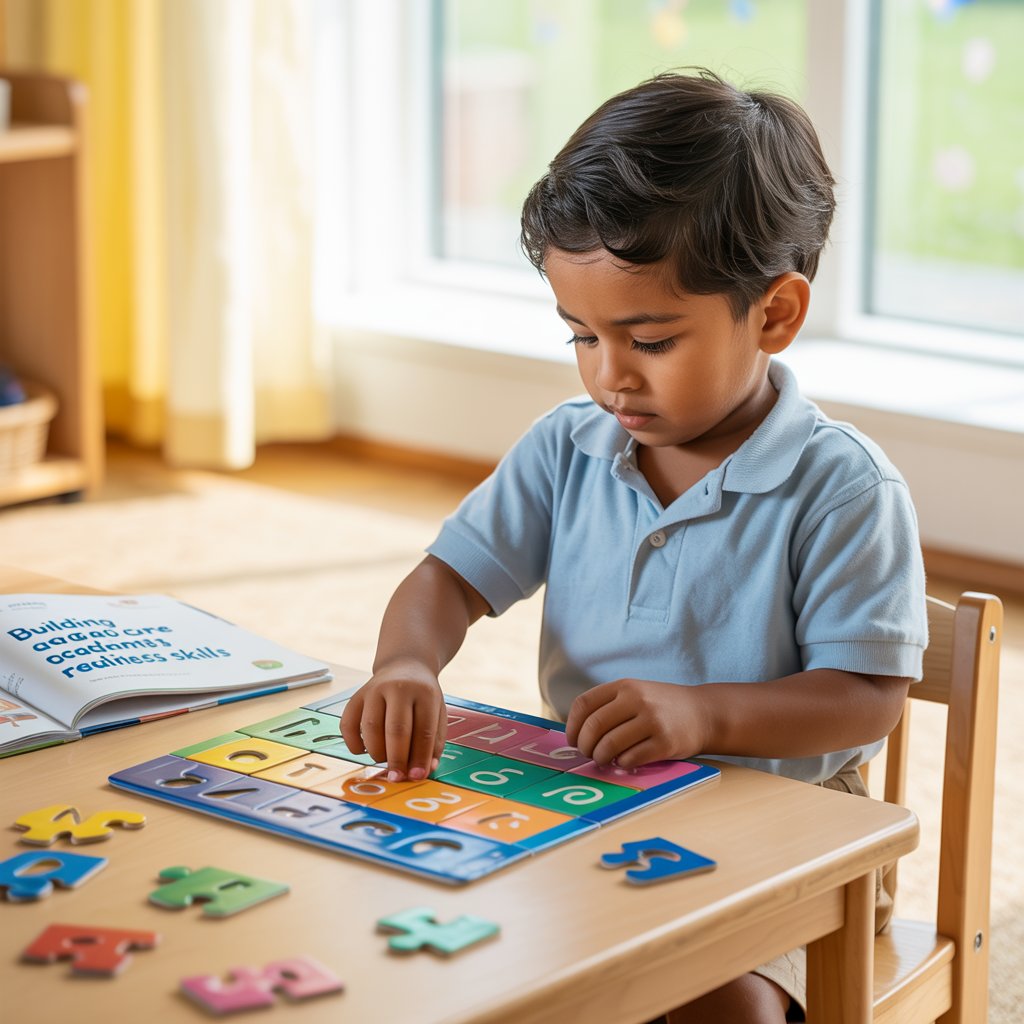Core Academic Readiness and Supportive Learning Spaces for Autistic Children

Sensory-friendly classroom design
Kids with autism often experience the world differently. Colors can be too bright, sounds too loud, and textures too uncomfortable. Creating a sensory-friendly space isn't just nice – it's essential.
Start with the lighting. Those flickering fluorescent lights? They're torture for many children with autism. Switch to natural light or soft LED lighting without the buzz or flicker.
The color scheme matters too. Bold, bright colors might look cheerful to you, but they can overwhelm a child with sensory sensitivities. Stick with calm, neutral colors – think soft blues, gentle greens, and warm beiges.
Don't forget about noise. Add noise-reducing materials like:
- Carpet squares
- Fabric wall hangings
- Tennis balls on chair legs
- Weather stripping around doors
Include sensory retreat spaces – a small tent, a bean bag corner, or noise-canceling headphones station where kids can go when things get too much.
Predictable routines and transitions
The unexpected is the enemy. For many children with autism, surprises (even good ones) can trigger anxiety.
Visual schedules are game-changers. They show exactly what's happening when, reducing the mystery in a day. Use pictures for younger kids or written schedules for readers.
Prep for transitions like a pro:
- Give plenty of warnings ("Five minutes until math time")
- Use transition objects (holding a special card when moving between activities)
- Create transition rituals (a specific song signals clean-up time)
Minimizing distractions and anxiety triggers
Classroom walls plastered with colorful posters? Rethink that. For many kids with autism, visual clutter equals mental clutter.
Organize materials in clear bins with simple labels. Keep supplies accessible but not overwhelming.
Identify personal triggers for each child. Some might need warning before fire drills, others might need alternatives to hand dryers in bathrooms.
Create calm-down toolkits with stress balls, fidget toys, or weighted lap pads. These aren't privileges – they're necessities for self-regulation.
Remember: a supported environment means a child who can focus on learning instead of managing anxiety.







